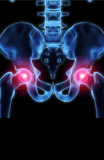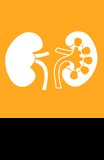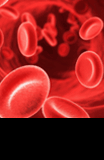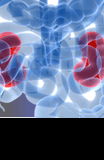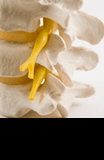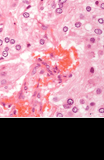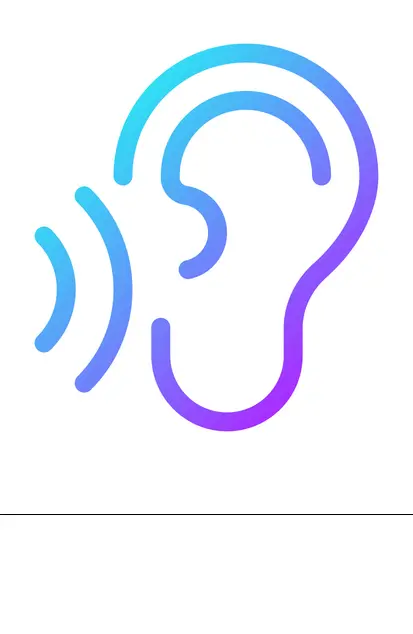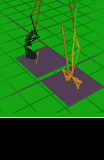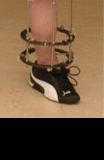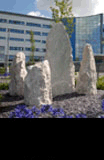Digital communication in Endoscopy
We have introduced a text message service in Endoscopy to help make your procedure booking easier and convenient.
We will send you a text message with an nhs.my/ouh link which will allow you to book a phone appointment and one of our staff will call you to organise your endoscopy procedure.
You will be able to access this link on your mobile phone, tablet or computer.
We have partnered with DrDoctor, a digital health company, to deliver this service.
For more information on digital communication and how the Trust is introducing this across all services, visit:
Infection Prevention and Control
We take precautions to protect our patients and staff, and we have infection prevention and control measures in place.
We ask that you wash your hands regularly and use hand sanitiser. If you wish to wear a face mask please do.
About us
The Endoscopy Service provides a diagnostic investigatory service for patients with problems of the gastrointestinal tract (the part of the body that takes in food, digests it and expels the remaining waste). Certain conditions can also be treated through an endoscope.
Endoscopic procedures involve passing an endoscope (a tube approximately half an inch thick) into the gastrointestinal (GI) tract via the mouth or the anus. This tube enables the doctor to see the inside of the GI tract and to take biopsies of any abnormalities.
Doctors undertaking endoscopic procedures work within the Gastroenterology and the Upper and Lower Gastrointestinal Surgery departments.
The service is provided to patients throughout Oxfordshire. Patients are referred from their GP or from a specialist doctor within the trust.
Those under the age of 18 will be seen by the Paediatric Gastroenterology service within the Children's Hospital at the John Radcliffe.
Standards at the John Radcliffe Endoscopy Department and the Horton General Endoscopy Department have been assessed and accredited by the Joint Advisory Group (JAG) on Gastrointestinal Endoscopy:
About endoscopy procedures
Gastroscopy
Gastroscopy enables the specialist to look inside the oesophagus, stomach and duodenum (first part of the small intestine). The procedure might be used to discover the reason for swallowing difficulties, nausea, vomiting, reflux, bleeding, indigestion, abdominal pain or chest pain.
The procedure involves the swallowing of a thin, flexible, lighted tube called an endoscope: before the procedure the patient's throat may be sprayed with a numbing agent to prevent the gagging reflex, or they may receive pain relief and a sedative to help them relax during the examination. The endoscope transmits an image of the inside of the oesophagus, stomach and duodenum to a screen, so the specialist can carefully examine the lining of these organs. The scope also blows air into the stomach; this expands the folds of tissue and makes it easier for the specialist to examine the stomach.
Through the endoscope the specialist can see abnormalities, like inflammation or bleeding, that don't show up well on x-rays. The specialist can also insert instruments into the scope to treat abnormalities or remove samples of tissue (biopsy) for further tests.
Complications are rare: most people will probably have nothing more than a mild sore throat after the procedure. However, possible complications of gastroscopy include bleeding and damage to the lining of the gut.
The procedure takes about 20 minutes. If patients are sedated they will need to rest at the facility for one to two hours until the medication wears off.
Endoscopy: watch a video on the NHS website
Flexible sigmoidoscopy
Flexible sigmoidoscopy enables the specialist to look at the inside of the large intestine from the rectum through the last part of the colon, called the sigmoid or descending colon. Specialists may use the procedure to find the cause of diarrhoea, abdominal pain or constipation. They also use it to look for early signs of cancer in the descending colon and rectum. With flexible sigmoidoscopy the specialist can see bleeding, inflammation, abnormal growths and ulcers in the descending colon and rectum. Flexible sigmoidoscopy is not sufficient to detect polyps or cancer in the ascending or transverse colon (two-thirds of the colon).
For the procedure the patient lies on their side on the examination table. The specialist inserts a flexible, lighted tube into the rectum and slowly guides it into the colon. The scope transmits an image of the inside of the rectum and colon to a screen, so the specialist can carefully examine the lining of these organs. The scope also blows air into these organs, which inflates them and helps the physician see better.
If anything unusual is in the rectum or colon, like a polyp or inflamed tissue, the specialist can remove a piece of it using instruments inserted into the scope. The specialist will send that piece of tissue (biopsy) to the laboratory for testing.
Complications are uncommon: however, bleeding and damage to the colon are possible complications of sigmoidoscopy.
Flexible sigmoidoscopy takes 10 to 20 minutes. During the procedure patients may feel pressure and slight cramping in the lower abdomen. They will feel better when the air leaves the colon.
Colonoscopy
Colonoscopy enables the specialist to look at the inside of the large intestine from the rectum to the opening of the small intestine.
Specialists may use the procedure to find the cause of diarrhoea, abdominal pain or constipation and to check for signs of cancer. With colonoscopy the specialist can see bleeding, inflammation, abnormal growths and ulcers in the colon and rectum.
For the procedure the patient lies on their side on the examination table. Sedation and a pain relief are usually given to help the patient relax. The specialist inserts a flexible, lighted tube into the rectum and slowly guides it into the colon. The scope transmits an image of the inside of the rectum and colon to a screen, so the specialist can carefully examine the lining of these organs. The scope also blows air into these organs, which inflates them and helps the physician see better.
If anything unusual is in the rectum or colon, like a polyp or inflamed tissue, the specialist can remove a piece of it using instruments inserted into the scope. The specialist will send that piece of tissue (biopsy) to the laboratory for testing.
Complications are uncommon: however, bleeding and damage to the colon are possible complications of colonoscopy.
Colonoscopy takes about 30 minutes. During the procedure patients may feel pressure and slight cramping in the lower abdomen. They will feel better when the air leaves the colon. If patients are sedated they will need to rest at the facility for one to two hours until the medication wears off.
Find us and contact us
There are Endoscopy Departments at the John Radcliffe and the Horton General hospitals.
John Radcliffe Hospital
Level 2, close to main entrance.
Tel: 01865 223010
How to find the John Radcliffe Hospital
Horton General Hospital
Within the main hospital.
Tel: 01295 229668




